France’s Most Underrated City?
Paris gets the spotlight, but Lyon quietly holds its own. Set where the Rhône and Saône meet, it’s a city with Roman roots, serious food, and a slower pace. Here are 7 good reasons for visiting this great French city.
1. A Serious Food City
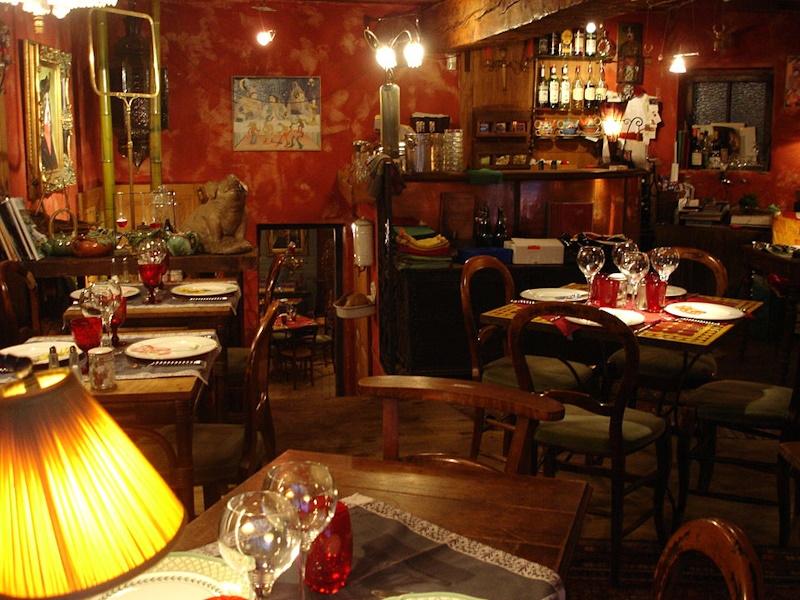
Lyon is the heart of French gastronomy. The local bouchons (traditional restaurants) serve rich, no-nonsense dishes.
Things like cervelle de canut (a garlicky cheese spread), salade lyonnaise with crispy bacon and a poached egg, and the famous quenelle, a light fish dumpling in cream sauce.
Also try the andouillette, a strong-flavored sausage made from pork intestines. Or snack on Rosette de Lyon, a dry-cured sausage that goes well with a glass of wine.
For a true local experience, you can have a mâchon, a heavy morning meal once eaten by silk workers after night shifts. It includes slow-cooked meats, pâtés, sauces, and cheese. Not light, but memorable.
Markets are also part of the Lyon food culture. The open-air Saint-Antoine market and the indoor Halles de Lyon – Paul Bocuse carry high-quality products. Locals shop here, and so do top chefs.
2. It’s Easy to Get Around
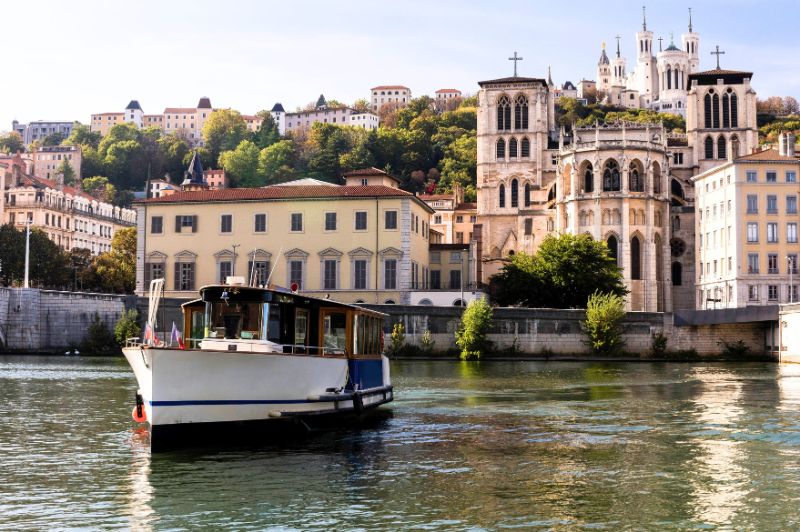
Lyon is built around two rivers, so water taxis are a great option. Boats along the Saône stop near key spots like Vieux Lyon and Place Bellecour. It’s an easy way to travel with a view.
On land, the city’s bike rental system is reliable and widespread. Hundreds of docking stations let you explore at your own pace. You can ride through old streets and big squares, or into quieter neighborhoods.
3. Wine Country Starts Here

Lyon is right between Beaujolais to the north and the Rhône Valley to the south. Beaujolais wines are light and fruity. Rhône wines are deeper, with more structure.
Both regions are easy day trips from the city, and both are filled with medieval villages and historic estates offering wine tastings.
You don’t have to leave Lyon to try them, though. Wine bars in the city serve excellent local selections, often at better prices than what you’d find in Bordeaux or Burgundy.
4. Roman Sites and a Hilltop Basilica
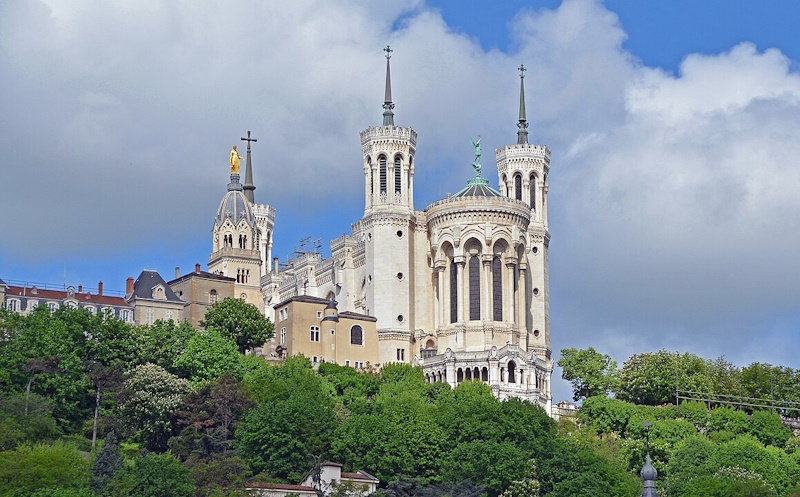
The Basilique Notre-Dame de Fourvière sits high above the city. It’s dedicated to the Virgin Mary and has a shape locals sometimes call the “upside-down elephant.”
At the base of the hill is Lyon’s Roman area. The Théâtre Antique de Fourvière, built over 2,000 years ago, still hosts concerts and plays in summer.
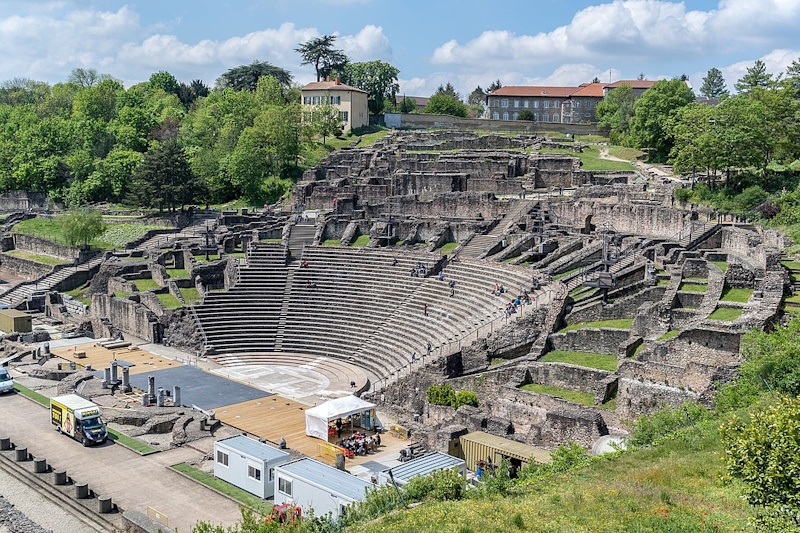
Next door, the Gallo-Roman Museum displays mosaics, sculptures, and even a bronze tablet of a speech by Emperor Claudius.
5. The Center of the City: Presqu’île
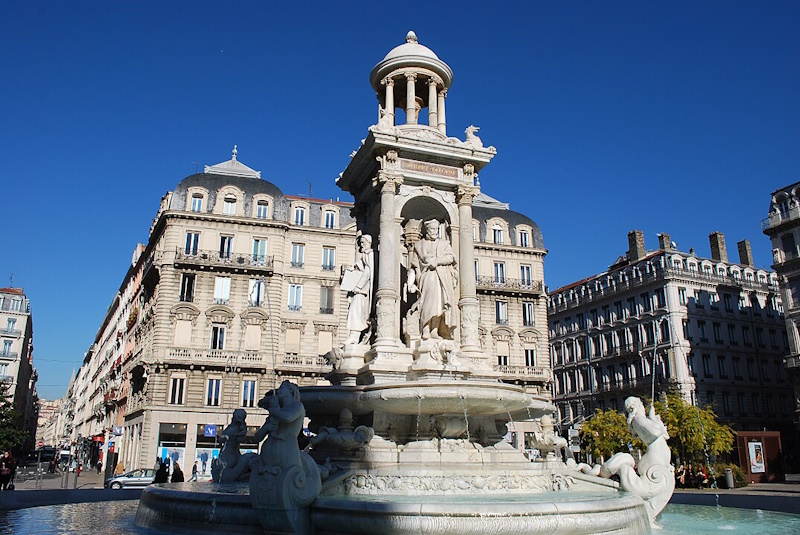
This peninsula between the rivers was created by draining marshland in the 18th century. Today, it’s Lyon’s urban core.
Place Bellecour is one of the largest public squares in Europe and a common meeting spot. The Musée des Beaux-Arts nearby holds pieces by Van Gogh, Picasso, and Degas.
Around the corner, the Fontaine Bartholdi, designed by the same sculptor as the Statue of Liberty, is one of France’s most famous fountains.
Shops, cafés, and restaurants fill the surrounding streets.
6. A Well-Preserved Renaissance District
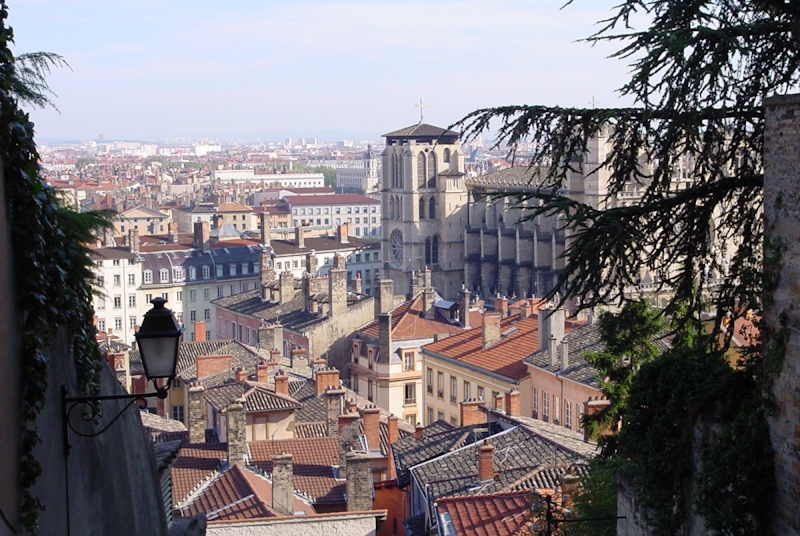
Vieux Lyon has over 300 Renaissance-era buildings, many tied to the city’s silk trade.
The old passageways called traboules are still there. These narrow, hidden routes once helped silk workers move bolts of fabric between buildings. Some are open to the public and cut through courtyards and alleys.
The Musée d’Histoire de Lyon is located here and covers the city’s evolution, from Roman times to the industrial age.
7. The Birthplace of Film
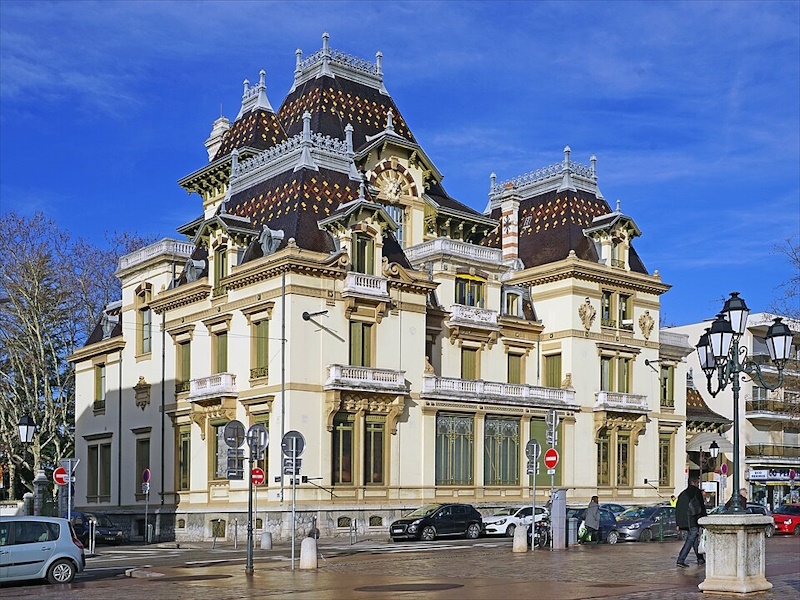
In the late 1800s, brothers Auguste and Louis Lumière created one of the first film cameras in Lyon. Their work helped shape early cinema.
The Institut Lumière is located in their old family home and traces that story. It includes early film reels, historic equipment, and background on how Lyon played a role in film’s beginnings.
Tips for Visiting
Visit in early December if you can. That’s when the Festival of Lights takes over the city with artistic light displays across buildings and streets.
Get a Lyon City Card for unlimited public transit and free museum access. It pays for itself quickly if you’re planning to explore.
For meals, avoid the most touristy bouchons. Ask locals for tips, or look up where chefs shop and eat at Halles de Lyon – Paul Bocuse.
Wine lovers can take a short train ride into Beaujolais to visit small, family-run vineyards.
And skip the taxis. The city’s metro, trams, and bikes are fast and affordable.
